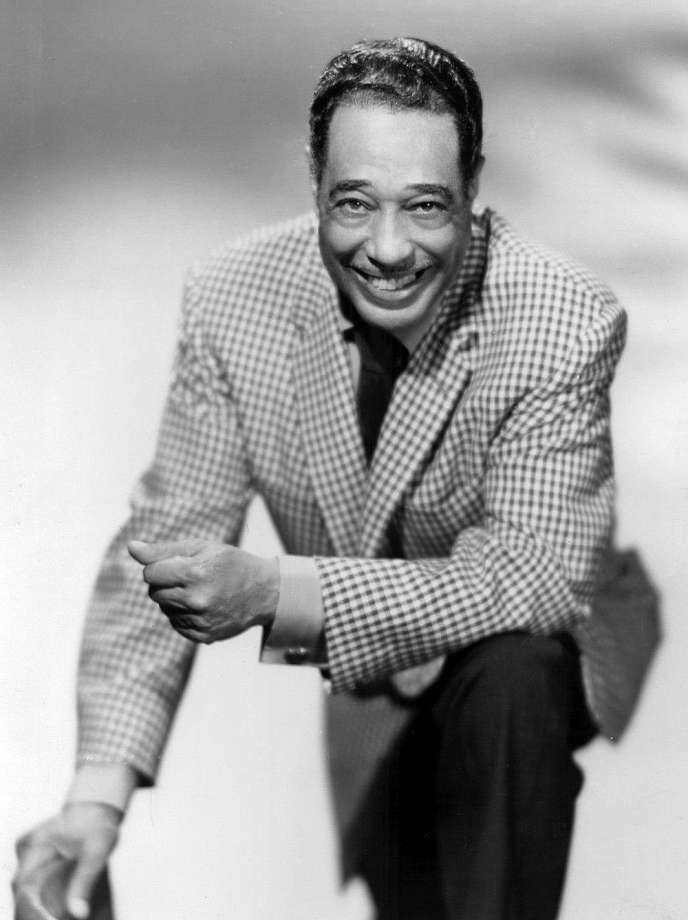The following is from Eric Zeilberg’s class presentation:
Duke Ellington’s magnum opus:

Background:
 Duke Ellington
Duke Ellington
- Composer, pianist, bandleader from 1923 onward
- 50+ year career
- Most famous compositions in jazz history
- Take the A Train (Stayhorn)
- Cottontail (Rhythm Changes)
- It Don’t Mean a Thing, if it Ain’t Got That Swing
- Jazz at Lincoln Center Orchestra
- Founded by Wynton Marsalis
- Authority on “classic” jazz
- Best imitator of Ellington
About BB & B:
- Ellington’s biggest creation
- Told the story of the “negro” and his plight throughout history
- Only performed 3 times in its entirety
- Critics found it’s form incoherent
- Could not be judged by existing standards
- Parts were separately re-released later
- Split into 3 movements
Structure:
Black: Work Song, Come Sunday, Light
Brown: West Indian Dance, Emancipation Celebration, The Blues
Beige: Interlude, Creamy Brown, Beige, Sugar Hill Penthouse, The Black, Brown, and Beige are Red, White, and Blue
Part 1: Black:
- Work Song (1:30 – 4:00)
- Low, repetitive drum and bass line
- Chopping wood
- Come Sunday
- AAs standing outside of church, not being able to get in
- Light (16:00 – 17:20)
- AAs are freed from slavery, and see the light
Part 2: Brown:
- West Indian Dance
- Movement of slaves throughout various caribbean islands
- Emancipation Celebration
- Happiness from the passing of the emancipation proclamation
- The Blues (29:20 – 30:40)
- Segregation still exists
Part 3: Beige:
- Roughest portion of the piece
- Up night before composing it
- Sugar Hill Penthouse (41:57 – 46:42)
Conclusion:
- Ellington introduced it at Carnegie Hall as “a parallel to the history of the Negro in America.”
- It was Ellington’s longest and most ambitious composition
- Mahalia Jackson sang “The Blues” when originally performed
